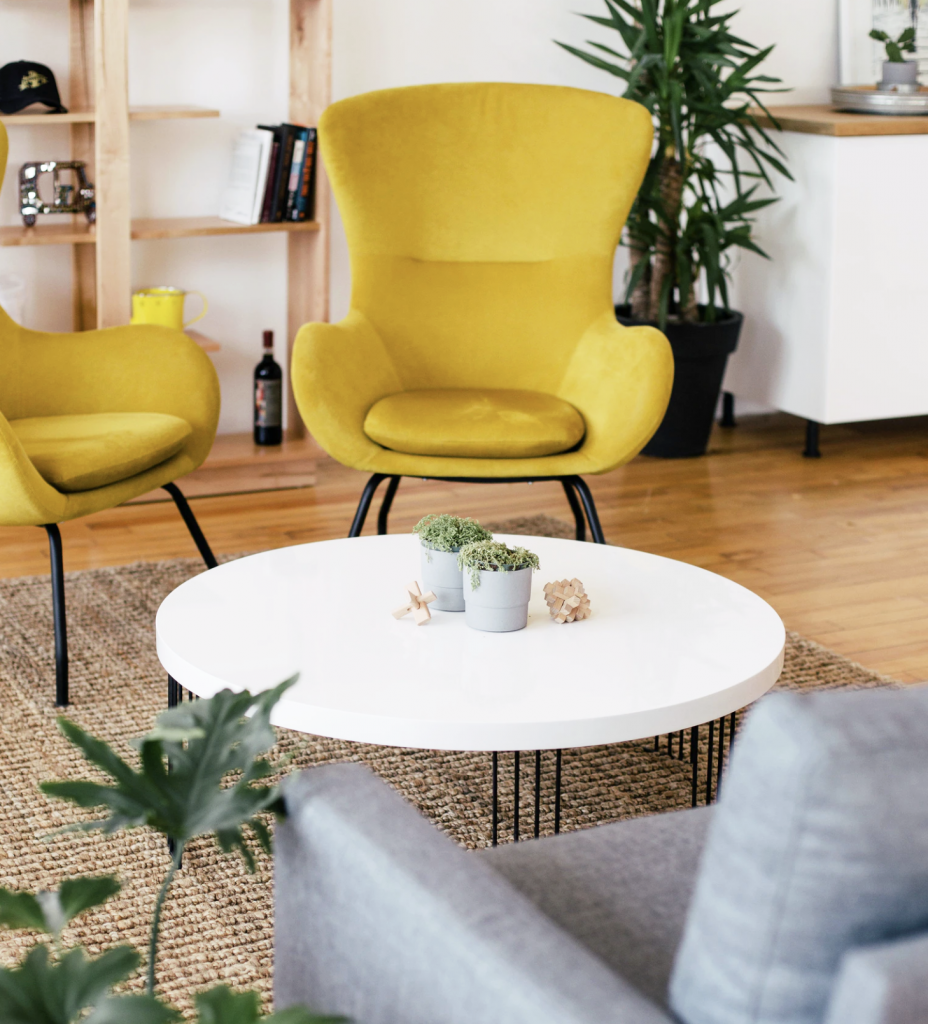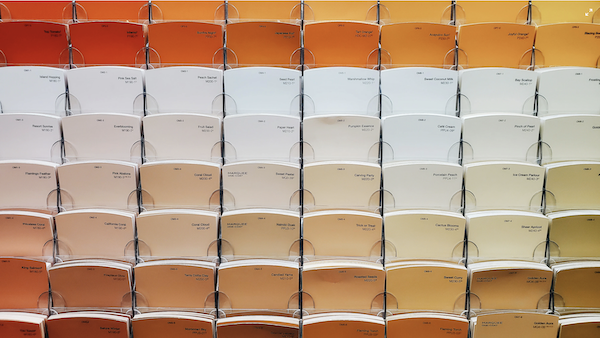
We hear the term “warm colors” used quite often. Even people not involved with design work or art often hear the expression – it can leave people wondering, “Just what are warm colors? Why should I care about warm colors?”
It’s true, the saying “warm colors, hues, and tones” doesn’t hold much value unless your audience is familiar with the general principles associated with the term. This article will discuss what warm colors are, how they can be used effectively, why people love warm colors more than any other colors in the color wheel!
As they are understood in basic color theory, warm colors consist of yellow, oranges, reds and browns. These colors invoke images of fire and warmth deep within the mind. They directly contrast with cooler colors and cool color tones like blues, greens, and violets. Warm colors and cool colors are diametrically opposed to each other on the color wheel.
Both warm and cool colors originate from nature and evoke our primal understanding of the natural world around us. A color consultant will draw from these fundamental color theories to create a more detailed color palette plan for both interior and exterior paint color selections.
With any color or color palette, some circumstances are best suited for their use. I’m going to give some suggestions that you can use in your home to add some warmth to areas that may be in need! These colors can be irresistible if you choose the right colors, and this family of colors can undoubtedly invigorate a space when you use them well! Here’s some inspiration to get you started!
Larger open spaces like great rooms, family rooms, or even playrooms come with a strong personality. Adding colors that share the warmth and energy is a great choice. Soft neutrals, colors that range from creamy yellows to rustic earth tones, a rich gold, cozy terra cotta, or even a soft taupe – these colors give the room an inviting feeling and make the space feel more attractive and easy going.
If you have a room in your home that just isn’t as comfortable as it could be and casts a harsh or perhaps a sterile-feeling, it’s a great place to think about adding warm colors to give the room a completely fresh new look!
This family of colors is also the perfect choice for rooms such as dining rooms where you don’t have other places to apply color. The wall colors have more clout because they are so visible and are at eye level the whole time you are in the room. Although you might add carpeting and seat cushions, the paint on the walls is what you will be experiencing the entire time you are in the room.

They certainly do! They not only elicit feelings of hearth, warmth, and coziness, but they can make a space feel slightly smaller because we relate to the color of the walls around us. It is as if the wall colors reach out towards us in a room.
Warm colors reaching out to us is what creates the illusion of a cozier space. Some people claim the area feels more personal while not changing how the room’s size feels at all. It is a very personal reaction, which is why warm colors are so popular!
Cooler colors and tones have the opposite effect. It’s the openness and airiness of cooler colors that can create an opposite visual illusion.
Do You Have A Small Kitchen? Do You Need Some Color-Inspiration? Read Our Blog: Small Kitchen Colors: How to Use Color to Maximize a Small Space!
There are rooms in residential homes that just scream for warm colors. Grand rooms with beautiful built-ins or oak wood bookcases, decorated with family photographs, roaring fireplaces, and elegant oversized mantles; these places are a perfect opportunity to create a cozy-vibe. These homey elements add a vacation-like atmosphere of indulgence and can be the ideal place to add warm colors to your design.
There’s a Danish term you may have heard in recent years, “hygge.”
Hygge, according to the oxford definition, means: “a quality of coziness and comfortable conviviality that engenders a feeling of contentment or well-being.”
I suggest embracing the coziness and hygge-like design concept for your home. Any room’s design scheme and warm-cozy intentions will be even more successful by adding warm colors that are already primed to present hygge. What are warm colors intended for, if not to create an inviting and cozy space, whether it is in the depths of winter or all year long!
There are a range of colors that fall under this category. We often think of warmer colors as rich and saturated, but that is not necessarily the case. Creamy whites, delicate wheat tones, and even pale neutral colors all fall under this category. You can also stretch to include colors that are the other extreme, burn oranges rich golds and chocolate browns!
I would suggest staying away from cooler color tones in rooms with deep rich earth tones, exposed wood, or brick. Create a color palette of warm neutral colors like any of the colors I mentioned above, and will you will add to that all-encompassing feeling of comfort, warmth, and acceptance to the space.

The effect of warm colors is not solely limited to paint colors for your home; lighting can also cast the same impact of warmth. For example, Edison bulbs have become very popular in homes embracing an older farmhouse design, or even in gastropubs. The lights themselves put off a warm and inviting hue, in stark contrast to blue light or sterile white LED bulbs that you can purchase in cooler colors.
If you prefer the option of changing your lighting from warm to cool, depending on your mood, smart home lighting systems like Philips Hue will let you adjust your lighting easily. It’s another tool/strategy to control the emotional intention of the space!
So, how do you stay warm and embrace a hygge lifestyle in your home? Please reach out; I’d love to hear about your color choices to help you stay warm, happy, and cozy all year long!